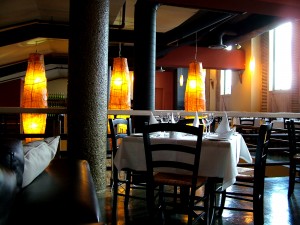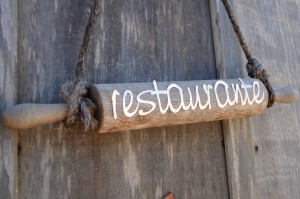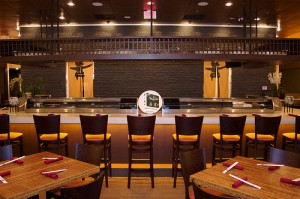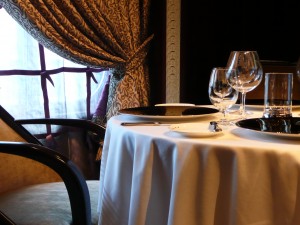 Designing a small restaurant or pub can require creative thinking to make the most of a limited space; knowing how to select the right furniture and layout is essential.
Designing a small restaurant or pub can require creative thinking to make the most of a limited space; knowing how to select the right furniture and layout is essential.
Small restaurants can have very big advantages for entrepreneurs, but can also present them with very difficult design challenges. A smaller venue brings with it lower costs and less overhead. The price of rent, as well as utilities such as heating and cooling, can be significantly lower. A much smaller wait staff and kitchen staff is also an advantage of a small restaurant or pub, and initial design costs will often be significantly lower in a smaller space.
Choosing the right layout and restaurant furniture for a small venue is essential to a customer’s impression of the establishment. A small venue done right can come across as cozy, intimate and comfortable, whereas a badly designed small venue will seem cluttered, crowded and unpleasant. The following are three tips on how to choose the right furniture and layout to make a restaurant or pub a big hit in a small package.
1) Utilize bar and counter seating
Bar and counter seating is a great way to get a lot of people seated at your establishment, while still offering wait staff and customers ample space to move around. A bar placed on one side of the room adjacent to the kitchen with seating on high bar stools is great not only for spacing – it also can establish a venue as a place to congregate in the neighborhood. Customers who might normally just be ordering food and soft drinks are much more likely to order alcohol while eating at the bar, which will definitely boost profits.
Counter seating along the restaurant’s front windows is also a great way to save some space, and offer diners who value their privacy an appropriate seating option. Seating with a street view is pleasant for diners in your restaurant and can serve to pull foot traffic in from outside. (more…)






 Globe of Blogs
Globe of Blogs http://www.buzzerhut.com
http://www.buzzerhut.com